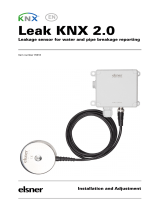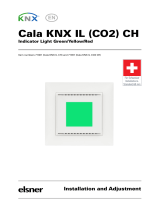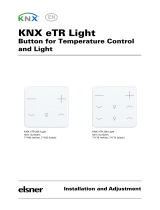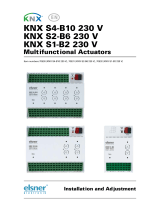2.6 MASTER LIGHT
The Master Light function brings the option to monitor the state of up to 12 light sources
(or even more, if the Master Light controls from multiple Zennio devices are linked
together) or of any other elements whose state is transmitted through a binary object
and, depending on those states, perform a master order every time a certain trigger
signal (again, a binary value) is received through a specific object.
Such master order will consist in:
A general switch-off order, if at least one of the up to twelve status objects is
found to be on.
A courtesy switch-on order, if none of the up to twelve status objects is found
to be on.
Note that the above switch-off and switch-on orders are not necessarily a binary value
being sent to the bus – it is up to the integrator the decision of what to send to the KNX
bus in both cases: a shutter order, a thermostat setpoint or mode switch order, a constant
value, a scene… Only the trigger object and the twelve status objects are required to be
binary (on/off).
The most typical scenario for this Master Light control would be a hotel room with a
master pushbutton next to the door. When leaving the room, the guest will have the
possibility of pressing on the master pushbutton and make all the lamps turn off together.
Afterwards, back on the room and with all the lamps off, pressing on the same master
pushbutton will only make a particular lamp turn on (e.g., the closest lamp to the door) –
this is the courtesy switch-on.
Besides, it is possible to concatenate two or more Master Light modules by means of a
specific communication object which represents the general state of the light sources of
each module. Thereby, it is possible to expand the number of light sources by
considering the general state of one module as an additional light source for another.
ETS PARAMETERISATION
Once the Master Light function has been enabled, a specific tab will be included in the
menu on the left. This new parameter screen contains the following options:































